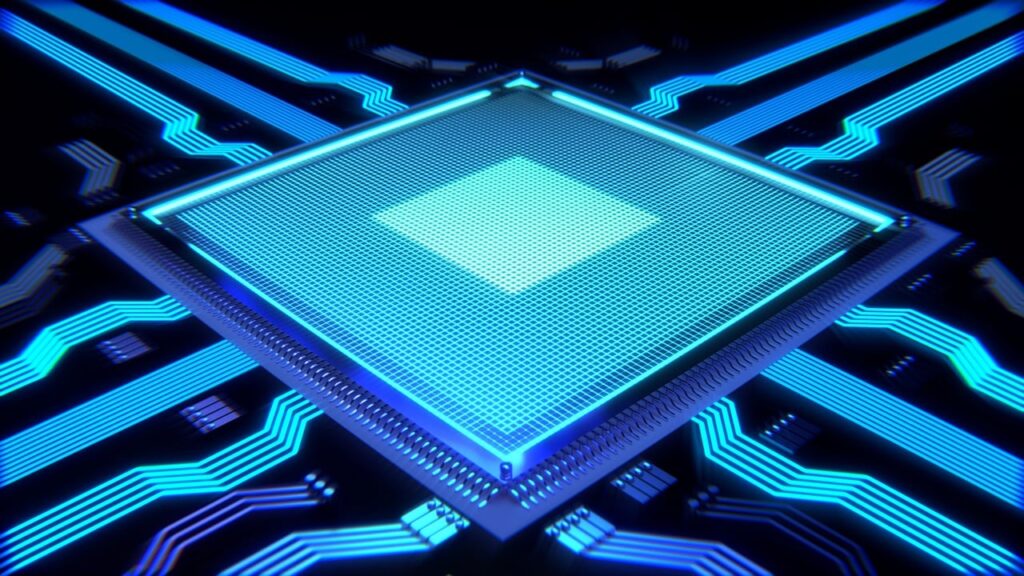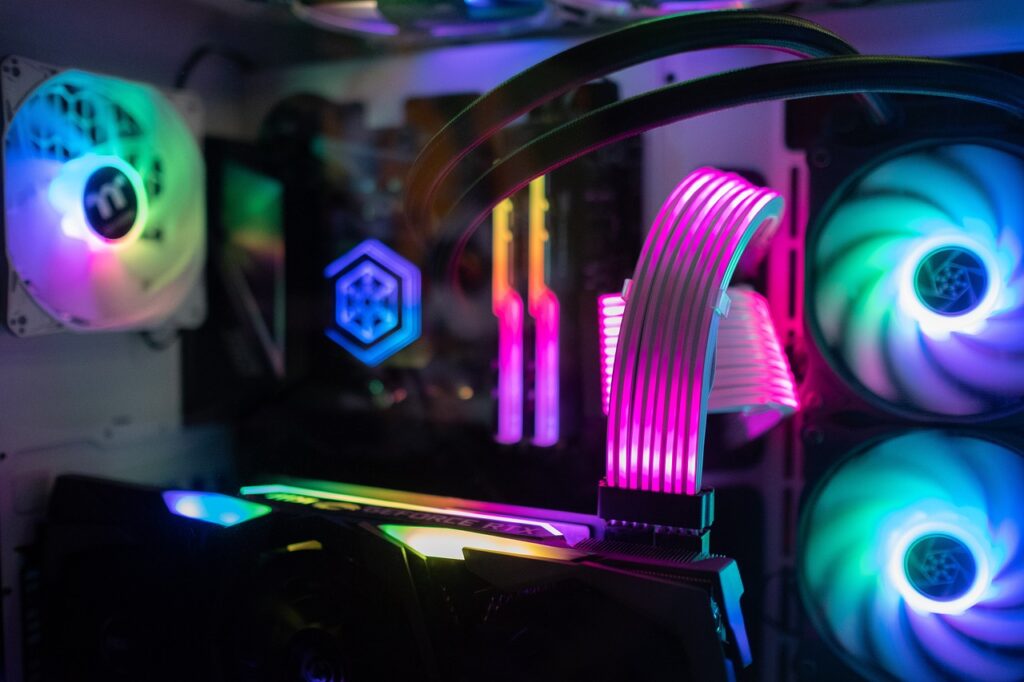Both AMD and NVIDIA have released upscaling technology, DLSS for NVIDIA and FidelityFX Super Resolution or FSR for AMD, for games that should reduce the hardware requirements for playing in the high resolution—providing more 4K experiences without buying the highest-end solution. NVIDIA’s offering is the more advanced, but it requires NVIDIA’s latest RTX line of cards to work, while AMD’s approach should work on a broader range of cards from both vendors. Oh, and I should add, if you aren’t playing on a 4K TV or Monitor, you may not even care.
The approach both companies are taking is consistent with how both firms approach the market. NVIDIA broadly approaches the market in the older proprietary fashion where their advances primarily only work on their hardware. In contrast, AMD approaches the market more in line with more current open thinking where you make the technology cross-platform and compete on performance and tuning.
Both strategies exist today broadly with companies like Apple and Oracle, clearly in line with what NVIDIA is doing. Companies like Microsoft, IBM, and Google are more in line with what AMD is doing. Similar to both companies’ approach to monitors GSync is better but only works with NVIDIA hardware, while AMD’s FreeSync should work with both firm’s hardware but better with AMD’s.
What Is Upscaling
Upscaling is when you take a lower resolution image and extrapolate to create a higher resolution image. Most current high-resolution TVs have this capability in some limited form. Early HD TVs couldn’t upscale, and older lower resolution programs looked worse on them, as a result, than they did on lower-resolution TVs.
For games, they will typically run faster (higher frame rates) at low resolutions than they will at high resolutions, so if you can play them at low resolutions but upscale the result, you should get both the resolution you want and the frame rate you need. Frame rates for competitive Twitch streaming games like first-person shooters can make the difference between winning and losing; thus, most serious gamers will trade off resolution for frame rates sacrificing the experience for speed.
But part of that experience may be the necessary detail you need to play the game. You are maybe seeing an object or weapon you need to pick up at a distance or seeing an opponent at extreme range so that you may be trading off one disadvantage for another, and you don’t want either of them.
DLSS vs. FSR
AMD’s FSR is an advanced upscaler that doesn’t require an AMD GPU to work but will likely work best on AMD hardware. Microsoft is particularly excited about this because of the potential it has on the Xbox to provide even higher frame rates while playing on 4K TVs. But its approach is to extrapolate the lower resolution image into a higher resolution image, allowing developers to approach the problem generically with little overhead and without worrying about the user’s hardware.
The NVIDIA DLSS approach comes across as both more advanced and more proprietary. It requires RTX cards and an AI to sample a game at 4K then use that sample data to more accurately render the high-resolution image, which should result in a better image but only on RTX cards. It won’t work on older NVIDIA hardware, nor will it work on GPUs from other vendors.
AMD’s approach will likely always lag the NVIDIA approach on performance, and the NVIDIA approach will always lag the AMD approach in terms of cross-platform support.
There is a decent chance that top games will support both approaches though developers typically prefer if given a choice, the more generic approach to a problem like this. However, given the penetration of RTX cards, most top developers will likely have to support both.
Wrapping Up
The approach both AMD and NVIDIA are taking to upscaling games is consistent with both companies’ strategies. NVIDIA is more cutting-edge and proprietary; AMD lags on the technology to get to a cross-platform solution. While the AMD approach is undoubtedly more consistent with that taken by a wider variety of vendors, Apple showcases that NVIDIA’s approach can be more lucrative if you can get to critical mass because it forces an NVIDIA GPU and a current one at that.
The market—particularly the developers—would likely appreciate it if these two firms took a more standardized approach to the problem, so they neither had to choose or support both, but that isn’t the world we live in. Like us, they’ll have to play the cards they are dealt.



